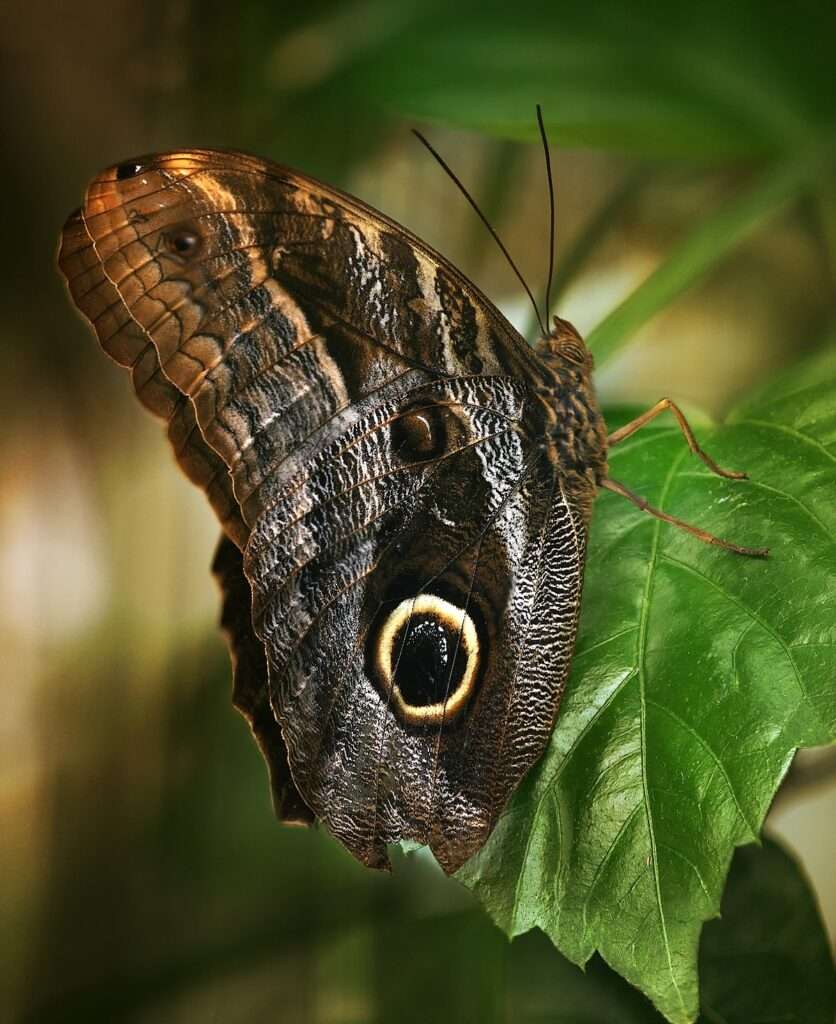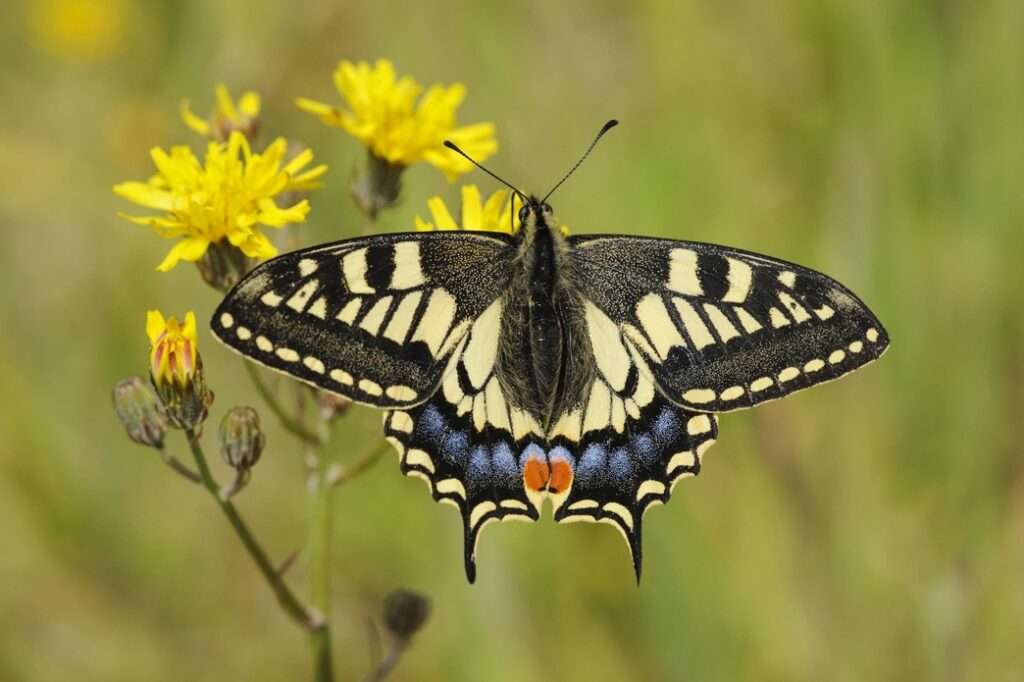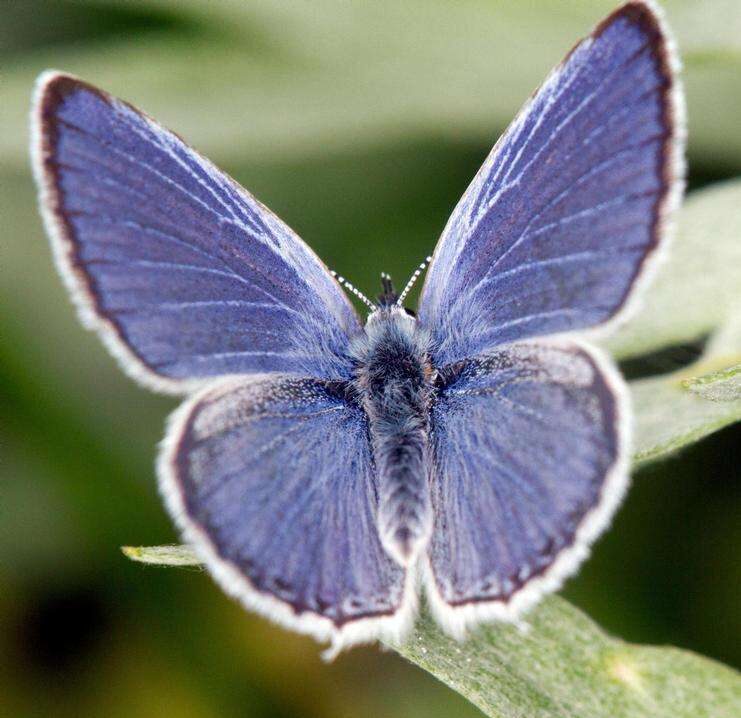
Caligo eurilochus, sometimes known as the forest giant owl, is an owl butterfly. It belongs to the Brassolini tribe of the nymphalid subfamily Morphinae. It is one of the largest butterflies in its family and has a wingspan that can reach 17 centimeters. The location is Suriname.
Amazing Facts
- They get their name from large markings that mimic owl eyes on each of their hind wings.
- These markings serve as a defense mechanism to keep birds from eating them; they are not ornamental.
Appearance
The brown hind wings of this giant stand out because of the yellow and black markings in the middle of the wings, which are visible while the bird is at rest. Larvae in their first instar are white with two orange/brown stripes along the length of their bodies, ending in two tiny spindles. The larvae eventually grow hairs that resemble spines and a crown of four horns on the back of their heads.

Diet
Additionally, they cause problems on sugar cane plantations and eat on the feces of large mammals.
Predators
Birds are the primary predators of owl butterflies. Lizards. Chameleons.
Habitat
In Mexico, Central America, and South America’s secondary woods and rainforests, they can be found.
In Captivity
These butterflies thrive in captivity when they are fed in groups and are given fermenting fruit juices, usually banana, pineapple, and mango.
Table





